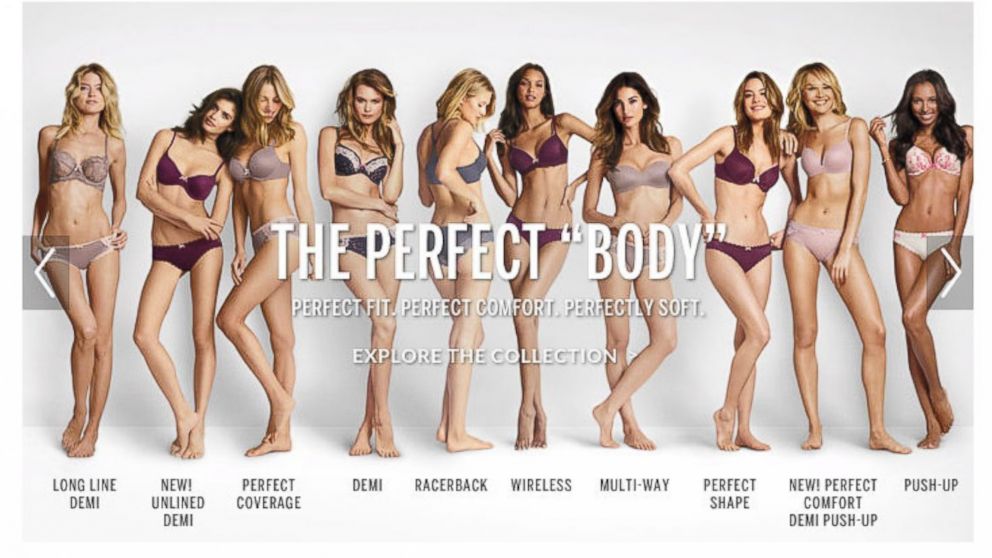 Technology has a profound effect on how political campaigns operate, such as allowing candidates to mobilize voters and increasing the amount of advertising. Candidates throughout history have benefitted from technological advances, as it has allowed them to be more efficient in getting their message out and raising money, all while being more cost-efficient to the campaign. In addition, candidates have been known to use technology to play to their strengths; John F. Kennedy used the television to show off his youth and his good looks, and Barack Obama used the Internet to appeal to the young voter demographic.
Technology has a profound effect on how political campaigns operate, such as allowing candidates to mobilize voters and increasing the amount of advertising. Candidates throughout history have benefitted from technological advances, as it has allowed them to be more efficient in getting their message out and raising money, all while being more cost-efficient to the campaign. In addition, candidates have been known to use technology to play to their strengths; John F. Kennedy used the television to show off his youth and his good looks, and Barack Obama used the Internet to appeal to the young voter demographic.Technology has allowed political campaigns to evolve advertising strategies, such as Television commercials and Social Media followings
Political campaigns strive to create advertising that is influential on voters while keeping the costs low. When the television first became popular back in the 1950's, candidates took advantage of its new style to advertise. Starting with the 1952 election, candidate Dwight D. Eisenhower created an animated commercial, which featured his campaign slogan "I like Ike", along with a jingle. During this time period and into the 1960's, campaign advertisements were created by Madison Avenue ad men, and Eisenhower's advertisements certainly fit the mold that these ad agencies were known for. This was the first usage of "spot" advertising in the country's election history.
 Eight years later, in 1960, John F. Kennedy and Richard Nixon took part in the first ever presidential debates. By nature, these were also the first debates ever to be televised. Many have argued that the televising of these debates heavily favored Kennedy. Viewers of the debate on television mostly believed that Kennedy had won -- this was due to his youthful looks and his use of body language. Meanwhile, radio listeners agreed that Nixon had won the debate. Kennedy then went on to win the election that year, thanks in part to his use of new technology and his ability to play to his strengths.
Eight years later, in 1960, John F. Kennedy and Richard Nixon took part in the first ever presidential debates. By nature, these were also the first debates ever to be televised. Many have argued that the televising of these debates heavily favored Kennedy. Viewers of the debate on television mostly believed that Kennedy had won -- this was due to his youthful looks and his use of body language. Meanwhile, radio listeners agreed that Nixon had won the debate. Kennedy then went on to win the election that year, thanks in part to his use of new technology and his ability to play to his strengths. Today, people obtain much of their political information from the Internet. A Pew Research Center article documents the role of the Internet during the 2008 election and shows results that suggest that 60% of Internet users obtained their political and electoral information from the Internet, which had stayed consistent with an increasing trend of Internet use for political information. This was a trend that Democratic candidate and current president Barack Obama utilizes well. Obama won around 70% of voters under the age of 25, and did so through Facebook, among other social media sites.
Today, people obtain much of their political information from the Internet. A Pew Research Center article documents the role of the Internet during the 2008 election and shows results that suggest that 60% of Internet users obtained their political and electoral information from the Internet, which had stayed consistent with an increasing trend of Internet use for political information. This was a trend that Democratic candidate and current president Barack Obama utilizes well. Obama won around 70% of voters under the age of 25, and did so through Facebook, among other social media sites. Different mediums of communication have greater impact on different aspects of campaigns
Television, Internet, radio, and phone are all mediums of communication that campaigns use to get in contact with their voters. In terms of persuasion, television is probably the most effective medium. This is because it allows viewers to see and hear candidates in campaign ads, speeches, and debates, among other things. Voters who may be on the fence about a candidate could be persuaded to switch because of the way a candidate delivers his or her speech or because of a negative campaign ad against an opposing candidate. When it comes to mobilization and actually turning out voters, Gimpel says that the phone is the most useful tool, because it can be a good multi-functional, low-cost device.
This is where some of the downsides of the Internet or more recent technological developments may come up short when it comes to campaigns. Often, brand new technologies have not been tested for their effectiveness yet, but political campaigns can be quick to employ them. An example of this would be Internet advertising. So far, not enough experiments have been done on the actual effect that these ads have on voter turnout. This can lead to a move away from more traditional campaigning techniques that have been proven to work before. Many campaigns take a risk while employing these new technologies due to the fact that they may actually prove to be less effective than they would hope.
Today's technology makes campaigns more cost-effective, while allowing voters to become more easily engaged
 New, online political tools allow campaigns to complete tasks in quicker, broader fashion than previous tools, just as is true for every industry. This in turn results in potential voters being able to participate more in an election through donations and volunteering, while not having to necessarily devote as much time or resources. In the summer of 2012, the Federal Exchange Commission allowed campaigns to accept donations via text message. In addition to this, donations online or via email have been increasing over the past several elections. Of the 13% of voters that donated money during the 2012 election, 50% donated online/via email, while 10% used their cell phone to either donate via text or an app on their smartphone. This technique can help candidates raise smaller amounts of money from a wider variety of supporters, rather than receiving large sums of money from just a few donators. It also allows donators who do not have large amounts of money to donate to still stay engaged in the donation process.
New, online political tools allow campaigns to complete tasks in quicker, broader fashion than previous tools, just as is true for every industry. This in turn results in potential voters being able to participate more in an election through donations and volunteering, while not having to necessarily devote as much time or resources. In the summer of 2012, the Federal Exchange Commission allowed campaigns to accept donations via text message. In addition to this, donations online or via email have been increasing over the past several elections. Of the 13% of voters that donated money during the 2012 election, 50% donated online/via email, while 10% used their cell phone to either donate via text or an app on their smartphone. This technique can help candidates raise smaller amounts of money from a wider variety of supporters, rather than receiving large sums of money from just a few donators. It also allows donators who do not have large amounts of money to donate to still stay engaged in the donation process.As previously mentioned, the Internet and cell phones provide more and more people with political news as the years go by. But it also increases political engagement, as exampled by the text message donations that started in 2012. It also allows campaigns to be more cost-effective in relation to the reach they have and the number of people their efforts effect. Instead of hiring workers or finding volunteers to go door-to-door, campaigns can canvass on a much higher level while reaching more people using less resources. Although presidential campaign costs have increased every year since the 2004 Election, the amount of tools that a campaign has has increased a sizable amount.



